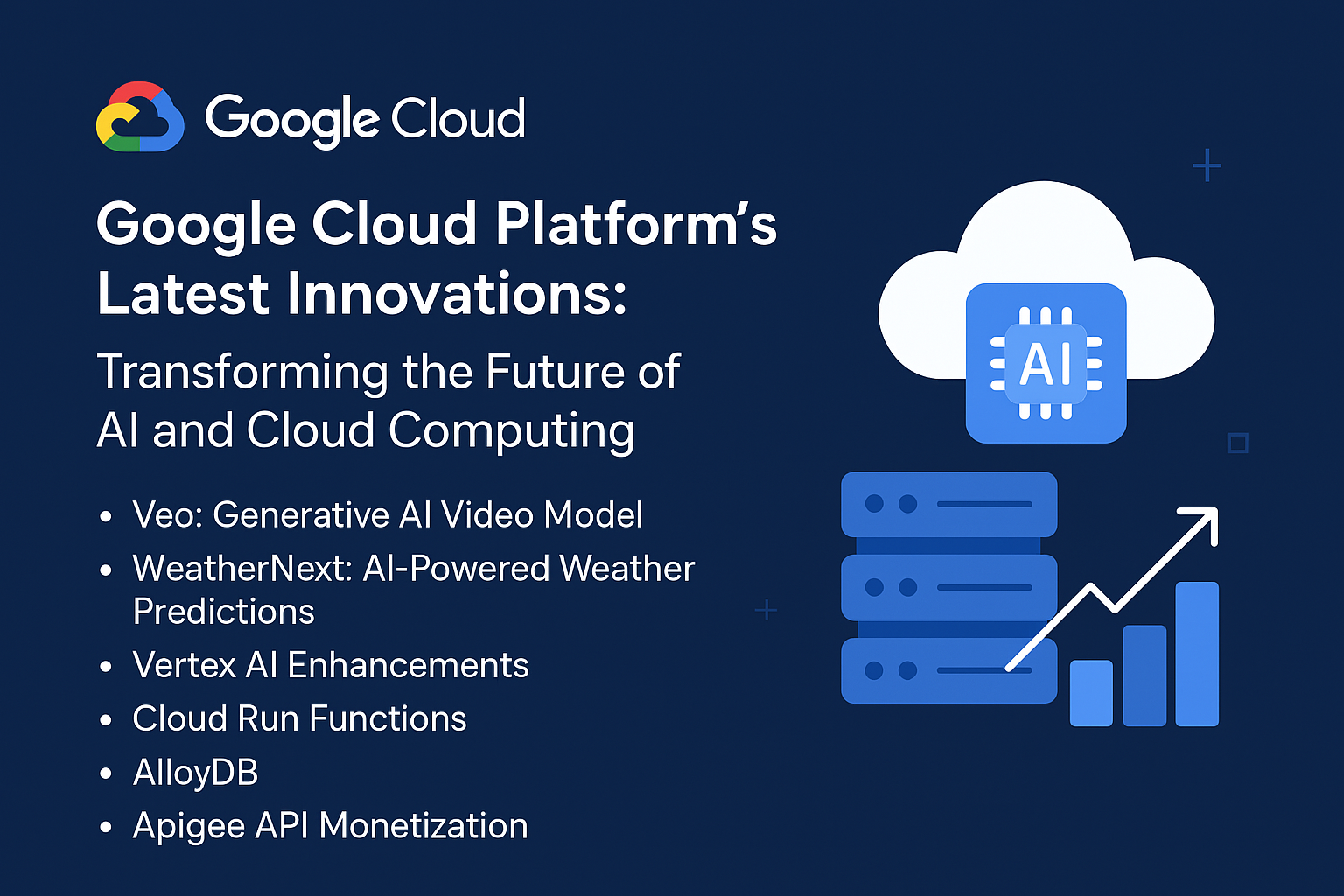
Future Trends in Business Intelligence and Analytics
citadelcloud
In the ever-evolving landscape of business intelligence (BI) and analytics, staying ahead of the curve is paramount for organizations aiming to maintain a competitive edge. As technology advances at an unprecedented pace, the tools and strategies employed in BI and analytics are transforming, enabling businesses to derive deeper insights, make informed decisions, and drive growth. In this blog post, we will explore the future trends in business intelligence and analytics, shedding light on the innovations and methodologies set to shape the industry.
1. The Rise of Artificial Intelligence and Machine Learning
Artificial Intelligence (AI) and Machine Learning (ML) are revolutionizing BI and analytics by automating complex data analysis processes and uncovering patterns that were previously hidden. These technologies enable predictive analytics, allowing businesses to anticipate trends, identify opportunities, and mitigate risks.
Predictive and Prescriptive Analytics
Predictive analytics leverages historical data to forecast future outcomes. For instance, businesses can predict customer behavior, market trends, and potential disruptions. Prescriptive analytics, on the other hand, goes a step further by recommending specific actions to achieve desired outcomes, thereby optimizing decision-making processes.
Natural Language Processing (NLP)
NLP is enhancing BI tools by enabling users to interact with data using natural language queries. This democratizes data access, allowing non-technical users to gain insights without needing deep analytical expertise. As NLP algorithms become more sophisticated, expect a more intuitive and conversational interaction with BI platforms.
2. Augmented Analytics
Augmented analytics combines AI, ML, and NLP to automate data preparation, insight discovery, and sharing. This trend is aimed at simplifying the analytics process, making it accessible to a broader audience, and speeding up time-to-insight.
Automated Data Preparation
Traditional data preparation is time-consuming and requires significant manual effort. Augmented analytics tools can automate data cleaning, transformation, and integration, freeing up valuable time for analysts to focus on more strategic tasks.
Smart Data Discovery
By leveraging AI, augmented analytics can automatically uncover hidden patterns and correlations in data. This capability accelerates the discovery of actionable insights and helps businesses respond swiftly to changing conditions.
3. Real-Time Analytics
The demand for real-time analytics is on the rise as businesses seek to make instant, data-driven decisions. Real-time analytics involves processing and analyzing data as it is generated, providing immediate insights that can be acted upon without delay.
Streaming Data Processing
Technologies like Apache Kafka and Apache Flink enable the ingestion and processing of streaming data, allowing businesses to monitor events as they happen. This is particularly valuable in industries such as finance, e-commerce, and telecommunications, where rapid response times are critical.
Real-Time Dashboards
Real-time dashboards provide a visual representation of live data, offering a snapshot of current performance metrics. These dashboards empower decision-makers to identify issues, track progress, and respond promptly to emerging trends.
4. Data Democratization and Self-Service BI
Data democratization aims to make data accessible to everyone within an organization, fostering a data-driven culture. Self-service BI tools empower users to create their own reports and dashboards without relying on IT departments.
User-Friendly Interfaces
Modern BI platforms are designed with user-friendly interfaces that require minimal technical skills. Drag-and-drop functionality, intuitive navigation, and interactive visualizations enable users to explore data and generate insights independently.
Data Literacy Initiatives
Organizations are investing in data literacy programs to equip employees with the skills needed to interpret and utilize data effectively. By promoting data literacy, businesses can ensure that data-driven decision-making becomes ingrained at all levels.
5. Advanced Data Visualization
Effective data visualization is crucial for conveying complex information in an easily understandable format. As BI tools evolve, advanced data visualization techniques are emerging to provide more insightful and engaging representations of data.
Interactive Visualizations
Interactive visualizations allow users to explore data dynamically, enabling them to drill down into details, filter information, and uncover deeper insights. This level of interactivity enhances the storytelling aspect of data visualization.
Immersive Analytics
Immersive analytics leverages virtual reality (VR) and augmented reality (AR) to create immersive data experiences. By visualizing data in a 3D space, users can gain a new perspective on their data, making it easier to identify patterns and relationships.
6. Data Governance and Security
As the volume of data grows, ensuring its integrity, security, and compliance becomes increasingly important. Future trends in BI and analytics will emphasize robust data governance frameworks and advanced security measures.
Data Privacy Regulations
With regulations such as GDPR and CCPA in place, businesses must adhere to strict data privacy standards. BI tools will need to incorporate features that support compliance, such as data anonymization, consent management, and audit trails.
Advanced Security Protocols
Protecting sensitive data from breaches and cyberattacks is paramount. Advanced security protocols, including encryption, multi-factor authentication, and real-time threat detection, will be integral to future BI platforms.
7. Cloud-Based BI Solutions
The adoption of cloud-based BI solutions is accelerating as businesses seek scalability, flexibility, and cost-efficiency. Cloud BI platforms offer several advantages over traditional on-premises solutions.
Scalability and Flexibility
Cloud BI solutions can scale resources up or down based on demand, ensuring optimal performance without the need for significant infrastructure investments. This flexibility is particularly beneficial for businesses with fluctuating data volumes.
Cost Efficiency
By leveraging cloud infrastructure, businesses can reduce the costs associated with maintaining and upgrading on-premises hardware. Pay-as-you-go pricing models allow organizations to align their BI expenditures with their actual usage.
8. Collaborative BI
Collaboration is a key aspect of effective BI. Future BI tools will emphasize collaboration features that enable teams to work together seamlessly and share insights in real-time.
Integrated Collaboration Tools
BI platforms will integrate with popular collaboration tools such as Microsoft Teams, Slack, and Zoom. This integration facilitates communication, allowing teams to discuss insights, share reports, and collaborate on data analysis projects.
Shared Workspaces
Shared workspaces within BI tools enable multiple users to work on the same datasets, reports, and dashboards. This fosters a collaborative environment where team members can contribute their expertise and insights.
FAQs
Q1: What is the difference between predictive and prescriptive analytics?
Predictive analytics forecasts future outcomes based on historical data, while prescriptive analytics goes further by recommending specific actions to achieve desired results. Predictive analytics answers “What might happen?” whereas prescriptive analytics answers “What should we do?”
Q2: How does augmented analytics simplify the data analysis process?
Augmented analytics uses AI and ML to automate data preparation, insight discovery, and sharing. This reduces the manual effort required for data analysis, speeds up the process, and makes analytics accessible to a broader audience.
Q3: Why is real-time analytics important for businesses?
Real-time analytics allows businesses to make instant, data-driven decisions by processing and analyzing data as it is generated. This capability is crucial for industries where rapid response times are essential, such as finance, e-commerce, and telecommunications.
Q4: What are the benefits of self-service BI tools?
Self-service BI tools empower users to create their own reports and dashboards without relying on IT departments. This democratizes data access, fosters a data-driven culture, and enables faster decision-making.
Q5: How do advanced data visualization techniques enhance data analysis?
Advanced data visualization techniques, such as interactive visualizations and immersive analytics, provide more engaging and insightful representations of data. These techniques make it easier to identify patterns, relationships, and trends.
Q6: What role does data governance play in BI and analytics?
Data governance ensures the integrity, security, and compliance of data. It involves establishing policies and procedures for data management, protecting sensitive information, and adhering to data privacy regulations.
Q7: Why are cloud-based BI solutions gaining popularity?
Cloud-based BI solutions offer scalability, flexibility, and cost-efficiency. They allow businesses to scale resources based on demand, reduce infrastructure costs, and leverage pay-as-you-go pricing models.
Q8: How do collaborative BI tools benefit organizations?
Collaborative BI tools enable teams to work together seamlessly, share insights in real-time, and contribute their expertise to data analysis projects. This fosters a collaborative environment and enhances the overall effectiveness of BI initiatives.
In conclusion, the future of business intelligence and analytics is poised to be transformative, driven by advancements in AI, machine learning, augmented analytics, real-time processing, data democratization, and cloud-based solutions. By staying abreast of these trends, businesses can harness the full potential of their data, make informed decisions, and achieve sustained growth in an increasingly competitive landscape.
Table of Contents
Latest Articles

ADDRESS
Houston, Texas USA
US LINE
+1 (346) 652-4970
NIGERIA LINE
081 2852 0152
MAIL ADDRESS
info@citadelcloudmanagement.com
QUICK LINKS
- © 2025. All Rights Reserved By Citadel Cloud Management
AI Assistant
